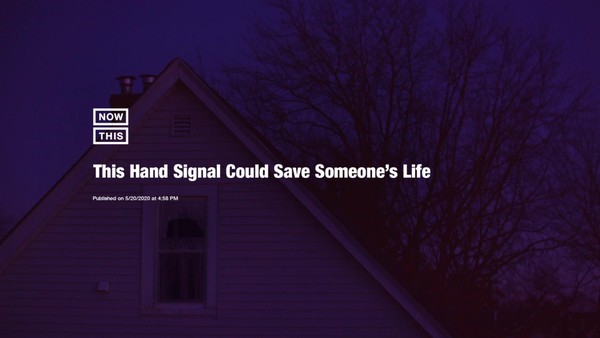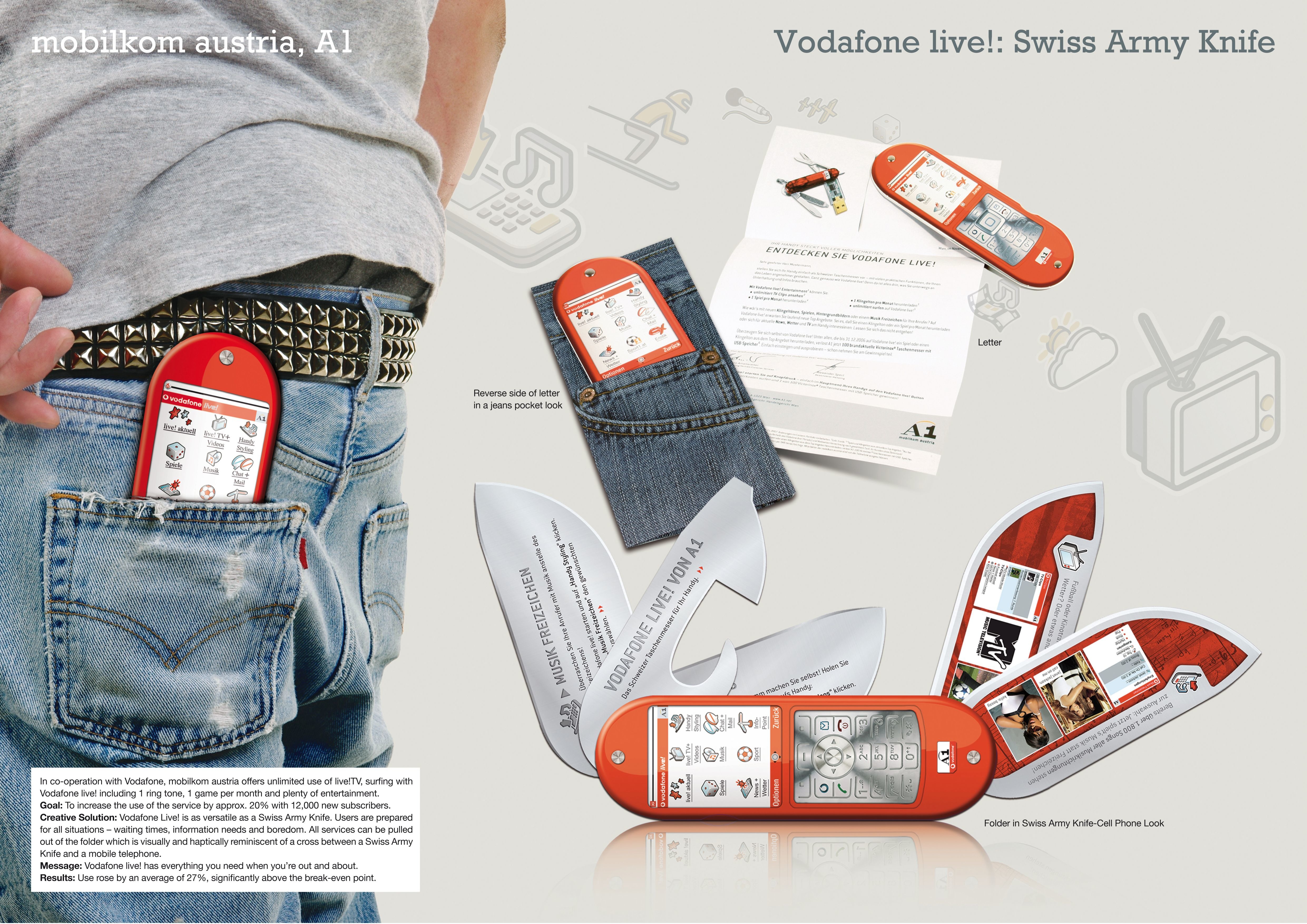Cannes Lions
Signal For Help
JUNIPER PARK\TBWA, Toronto / CANADIAN WOMEN'S FOUNDATION / 2022
Awards:



Overview
Entries
Credits
OVERVIEW
Background
The Canadian Women’s Foundation is a charitable organization focused on achieving systemic change for women, girls, and gender-diverse people to move out of violence or poverty. During the onset of the pandemic, the Foundation was anticipating a surge in domestic violence. Further contributing to the problem were the pandemic-induced lockdown measures, which resulted in victims of abuse being even more closely controlled and monitored than usual. We were tasked with finding a way to combat this devastating increase in domestic violence by providing victims with a tool they could safely use during lockdown to seek help. We came up with a simple and discreet communication tool that those in danger could share over video calls during without being caught. As people turned to social media during lockdown, our objective was to generate awareness of the tool for both victims to use, and allies to recognize, by spreading the word online.
Idea
Our inspiration for the tool came from our collective, near-instantaneous shift to video calls. We called it the Signal For Help – an untraceable and discreet one-handed gesture designed as a continuous hand movement that could be easily visible over a video call. The signal involves holding your hand up to the camera with your thumb tucked into your palm, folding your fingers down and trapping your thumb in your fingers. It means, “reach out to me safely”. It was intentionally designed as a one-handed gesture so that victims could use it while holding a mobile phone in their other hand. Research was done prior to its release to ensure it was not in conflict with any other hand signals and didn’t mean anything specific in international sign languages. Social media and video calls became our primary forms of communication, which is why we decided to share the signal online.
Strategy
The target audience for Signal For Help was broad; it was for anyone who was experiencing violence at home, and it was also for the wider community of allies – be it individuals, charitable organizations, government or law enforcement – to recognize when it was being used. We already knew that from our homes in isolation, our primary connections with the outside world happened through video calls and social media. Another behaviour we zeroed in on was people’s desire to help. In Canada, charitable donations in March 2020 were double those of March 2019; Canadians donated $26.6 million to charitable causes in March alone. We wanted to tap into these behaviours and turn distraction and doom-scrolling into an opportunity for outreach and education. As everyday people were looking to help others, it was the right moment to engage everyone to become part of a support network for victims facing violence.
Execution
In April 2020, we launched an instructional social media asset that linked back to the Canadian Women’s Foundation website, where a toolkit and FAQs were available in English, French and Spanish. This invited audiences to share our key message: the pandemic has increased the danger of gender-based violence, and Signal For Help is a simple one-handed sign that can be used on video call to discreetly seek help. Intentionally unbranded, the design allowed it to be easily adaptable, translatable, and scalable. In May 2020, we launched a PSA demonstrating the signal being used in-situ. This was showcased on Canadian TV networks via donated media, and organically went viral on social media. We also launched hundreds of local resource hubs with women’s organizations and governments around the world. The campaign has since taken on a life of its own and continues to be shared across social media to this day.
Outcome
The signal garnered over 4.9 billion organic impressions between April 2020 and February 2022, with an estimated value of over $45 million. It was covered in more than 1,459 articles in over 45 countries, with 79% using the Signal For Help key visual. Users on TikTok alone have created over 7,588 unique videos since launch, totalling over 87M views. A single TikTok post has been liked over 1 million times and shared over 130k times. Engagement with the signal across all social media platforms totals almost 10 million. It has its own Wikipedia page, and was even featured in the Canadian Medical Association Journal. It has been successfully adopted and institutionalized by over 250 organizations globally and has been translated into more than 20 languages. Most importantly, it has changed behaviour; we know of five real-life situations where the Signal For Help has been used to save women in danger.
Similar Campaigns
12 items







